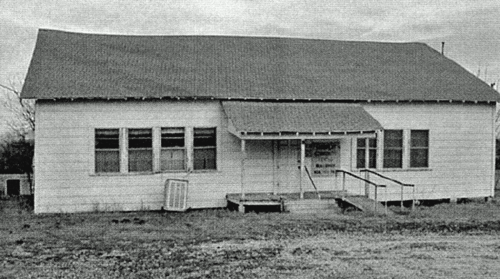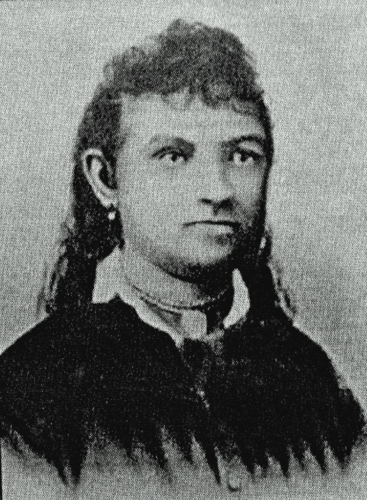.jpg) Sand Flat School
Sand Flat School
District #12, Rains County, Texas
By Elaine Bay
Sand Flat School was one of only two schools in Rains County for African Americans. It was located in the central part of the county, less than two miles from the county seat. The name of the community and school came from the flat, sandy surface of the land.
The original schoolhouse in the Sand Flat community was a block frame building consisting of three rooms. A large wood burning stove was used for heating; with different men of the community donating the firewood. Miss Henrietta Simmons was sent from Wiley University in Marshall, Texas to be the teacher for the first public school in Rains County in 1892.
Sand Flat School was not known as "Sand Flat School" until 1949; before that time the school was known as Henry's Chapel, #2". A.C. "Clifton" and Dora McMillan were the first African American teachers by 1895.
The second Sand Flat School was a "Rosenwald School." Julius Rosenwald, born 1862, was the child of Jewish immigrant parents. He made his fortune as an employee of Sears, Roebuck & Co. In 1913 he set up the Julius Rosenwald Fund to provide grants for African American school construction. He contributed $25,000 toward the construction of the school with people of the community matching the fund with their own contributions.
Rains County Leader
14 April 1922
"Editor: Please allow me a space in your valuable paper to say a few words to the public in general. The colored people of Sand Flat community are struggling to build a high school at that place. We feel that all good citizens both white and colored will welcome this movement and lend a helping hand. I feel that intellectual education without industrial education is inadequate for the colored boy or girl. We need an education that will educate the hands to do things, as well as the higher phrase of intellectual education. The boys and girls of our race must be taught to labor and do this scientifically. They should not be taught away from labor, but this labor should be done well, and to do this they should have training from industrial schools. I am in receipt of a communication from the Rosenwald fund, for aid in the Negro schools. This fund pays 1/3 of the total cost of the building and equipment of such a school. He is also in charge of the fund known as the Jeans Fund, which pays ½ the salary of the teacher of industrial work in our public schools. Now we want just that kind of school at Sand Flat for the boys and girls. The white man of the South (generally speaking) has never been opposed to the education of the Negro, for by it we can have a better South. Where education is found, crime decreases. The greatness of a county is measured by its prepared citizenship. Our County Superintendent, Hon. H.D. Garrett, is in hearty cooperation with our plans. He has done much for the betterment of the Negro schools of the County. We are asking the white people, who wish our success to help us build such a school here and I am sure we will feel grateful. We believe to have a school of this kind here will better our community and help the city. Our boys and girls will have the advantage of a training that will enable them to labor skillfully. Hoping that this will meet with the approval of all lovers of education,
J.W. Cullors, Teacher"
Henry and Alice Murray donated land for the school. Citizens of the community came together with their wagons and teams to form a train to Pine Mills, a 3-day journey from Sand Flat and back. The small, white, frame building had four classrooms and a cloakroom; the school was completed in 1922. The new schoolhouse included 10 grades until the mid-1950s. During the latter days of its existence, Sand Flat was an 8-grade school. Materials and furniture were usually "second-hand" from the white schools when they were finished with them. The school term usually started for the children in the middle of June and was dismissed mid-September for several weeks when students returned after the cotton season.
Sand Flat School was closed with the advent of de-segregation in 1969. The 1920's era school building still stands but is in a very dilapidated state. It is urgent that this school be repaired since it is only one of 13 Rosenwald school buildings still remaining in the state of Texas. The A.C. McMillan African-American Museum, located in Emory, Rains County, Texas can be found on Facebook, where contact information can be found. In October 2011 this request was posted:
One of the Museum's major projects is to "Restore the Sand Flat School Building." The building is a Rosenwald School building, which is a historical site and should have that designation. John L. Robinson has initiated a fundraising drive asking school alumni (and other interested individuals) for a $120 contribution.

